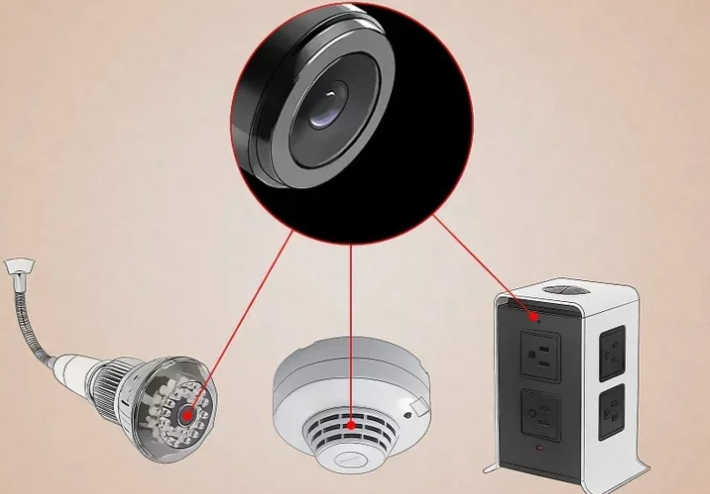The vast array of home security products available on the market today can be dizzying. Home security products can be wireless or hard wired, optional or required or simple or complex. Determining which home security products you need can be difficult enough and it becomes more complicated when you have to choose between the assortment of models that are available for each product. Wading through all of the available information can be overwhelming.

For this reason choosing only the most basic home security products can greatly simplify the process.
The control panel, keypad, access control sensors and an audible or visible alarm are some of the basic home security products that are used in just about every home security system. The control panel is one of the most important home security products available. This is the heart of any security system. All of the wiring for the other home security products meets at the control panel and the entire system is tied together at this location. Without this valuable component, the security system would not function properly. The keypad is another of many home security products that exists in just about every security system. The keypad is where the homeowner interacts with the system. The system can be activated and deactivated at this location. The keypad is also where the system displays messages for the homeowners. If there has been a breach of security while you were away or if one of your home security products is malfunctioning, the keypad will display these important messages for you. The other purpose that the keypad plays is to display the current status of the system. Access control sensors are other home security products that are critical to the function of a home security system.
These home security products are used to detect if a door or window is opened while the security system is activated. When these sensors are triggered an alarm will sound either immediately or on a delay. The reason that most security systems incorporate a delay is to enable the homeowner to deactivate the system upon returning to their home. Finally, an audible alarm and strobe lights are other home security products that are commonly used. These home security products can be used separately or in conjunction with each other. The importance of these components is that they alert the homeowners as well as their neighbors to a possible intruder. In most cases a triggered alarm is enough to cause the burglar to vacate the property as quickly as possible. Not all home security products are necessary. Many home security products such as motion detectors and security cameras are optional while home security products such as the control panel, keypad, access control sensors and audible or visual alarms are necessary for the system to function properly.
